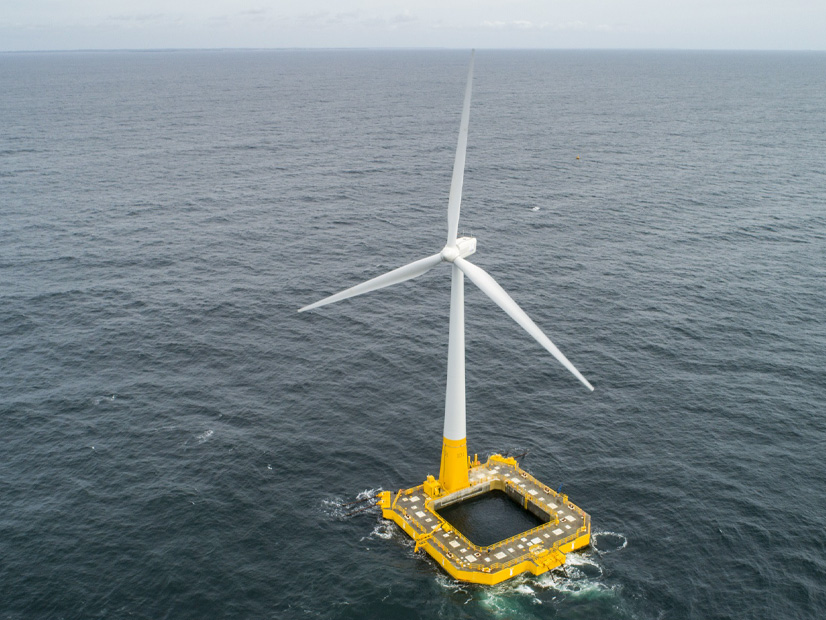
Adoption of a long-awaited strategic plan for offshore wind development off the California coast was postponed by state regulators June 26.
The California Energy Commission was scheduled to vote on the plan, which was released as a final version less than 24 hours before the meeting. After many members of the public asked for more time to review the hefty document, commissioners agreed to wait.
“We really appreciate that 24 hours — less than 24 hours — is not enough for folks to dive into this long report given the complexity of the issues at play,” Commissioner Patty Monahan said.
CEC Chair David Hochschild acknowledged the plan already is a year late. Assembly Bill 525 of 2021 directed the CEC to develop the strategic plan and submit it to the legislature by June 30, 2023.
“[It’s] not a result of our team not working incredibly hard,” Hochschild said of the delay. “The nature of this effort is incredibly complex and multidimensional.”
Hochschild didn’t say when the strategic plan would come back for a vote. The commission’s next two business meetings are scheduled for July 10 and Aug. 14.
The CEC released a draft version of the strategic plan in January. (See Draft Plan Outlines California Vision for Offshore Wind.)
That document followed an interim report laying out an offshore wind permitting “road map” and another that assessed the potential economic benefits of offshore wind.
In August 2022, the CEC set planning goals for offshore wind: 2 GW to 5 GW by 2030 and 25 GW by 2045. Offshore wind development is seen as a way for California to meet a mandate from 2018’s Senate Bill 100 to provide retail customers with 100% clean energy by 2045.
In December 2022, the U.S. Bureau of Ocean Energy Management (BOEM) auctioned leases for five offshore wind areas: three in the Morro Bay Wind Energy Area (WEA) off the Central Coast and two in the Humboldt WEA off the coast of Northern California.
The CEC’s offshore wind strategic plan focuses on several areas:
-
- identifying suitable sea space to accommodate the 25-GW-by-2045 goal.
- planning for port infrastructure and workforce development.
- assessing transmission infrastructure needs.
- establishing an efficient permitting process.
- identifying potential offshore wind impacts and ways to address them.
The final strategic plan incorporates summaries of comments received on the draft plan. In addition, some sections were expanded, such as the impacts on marine biological resources and fisheries and the need for port enhancements.
In a statement following release of the final plan, Adam Stern, executive director of trade group Offshore Wind California, said he was looking forward to the CEC’s approval of the plan and moving on to next steps in offshore wind development.
“Offshore wind promises to deliver a host of benefits for California workers, residents and electricity ratepayers,” Stern said.



